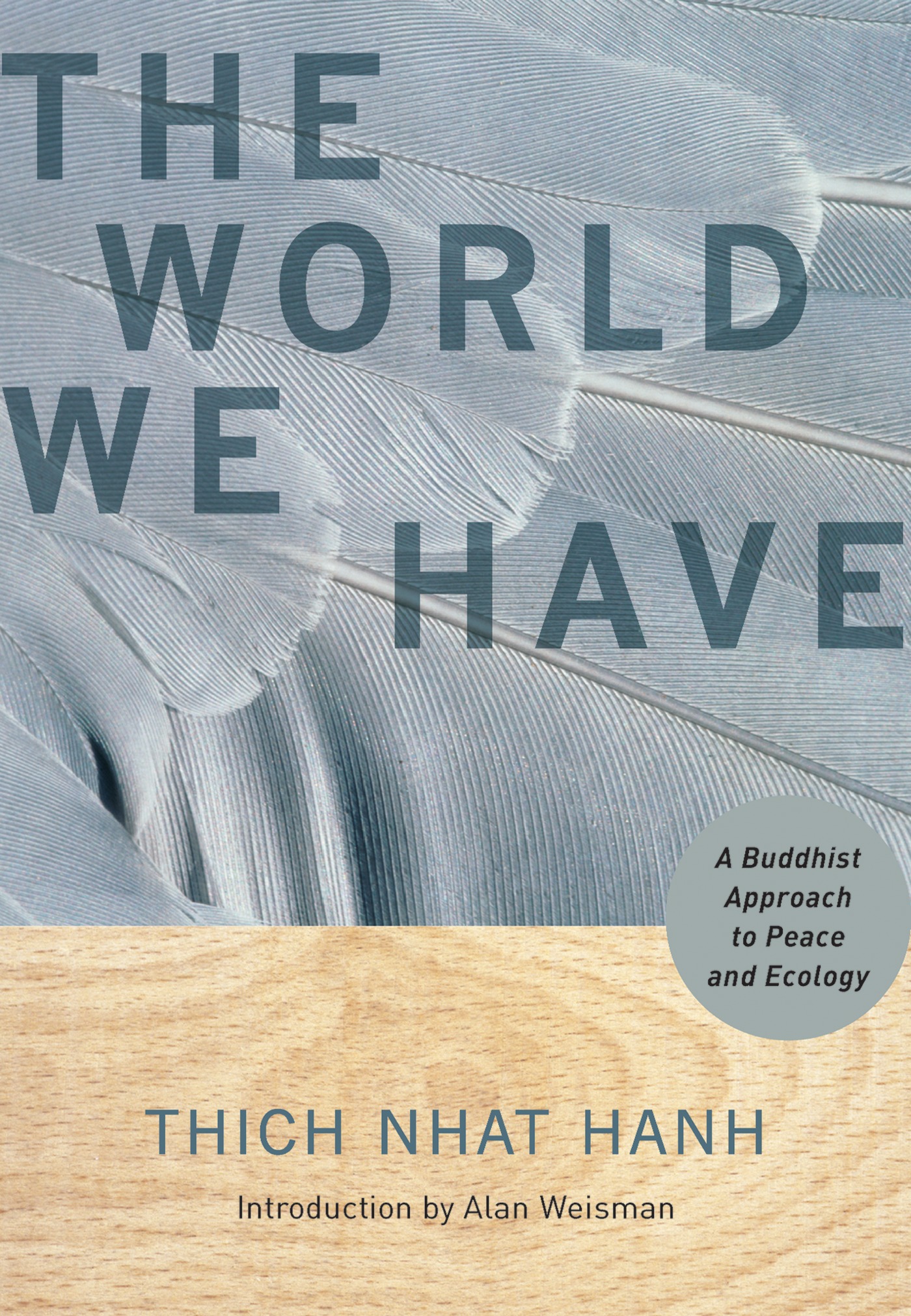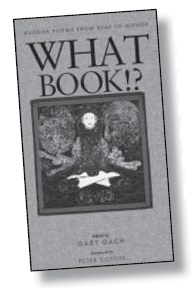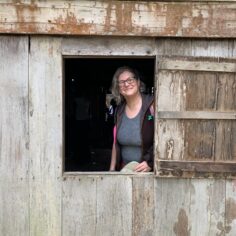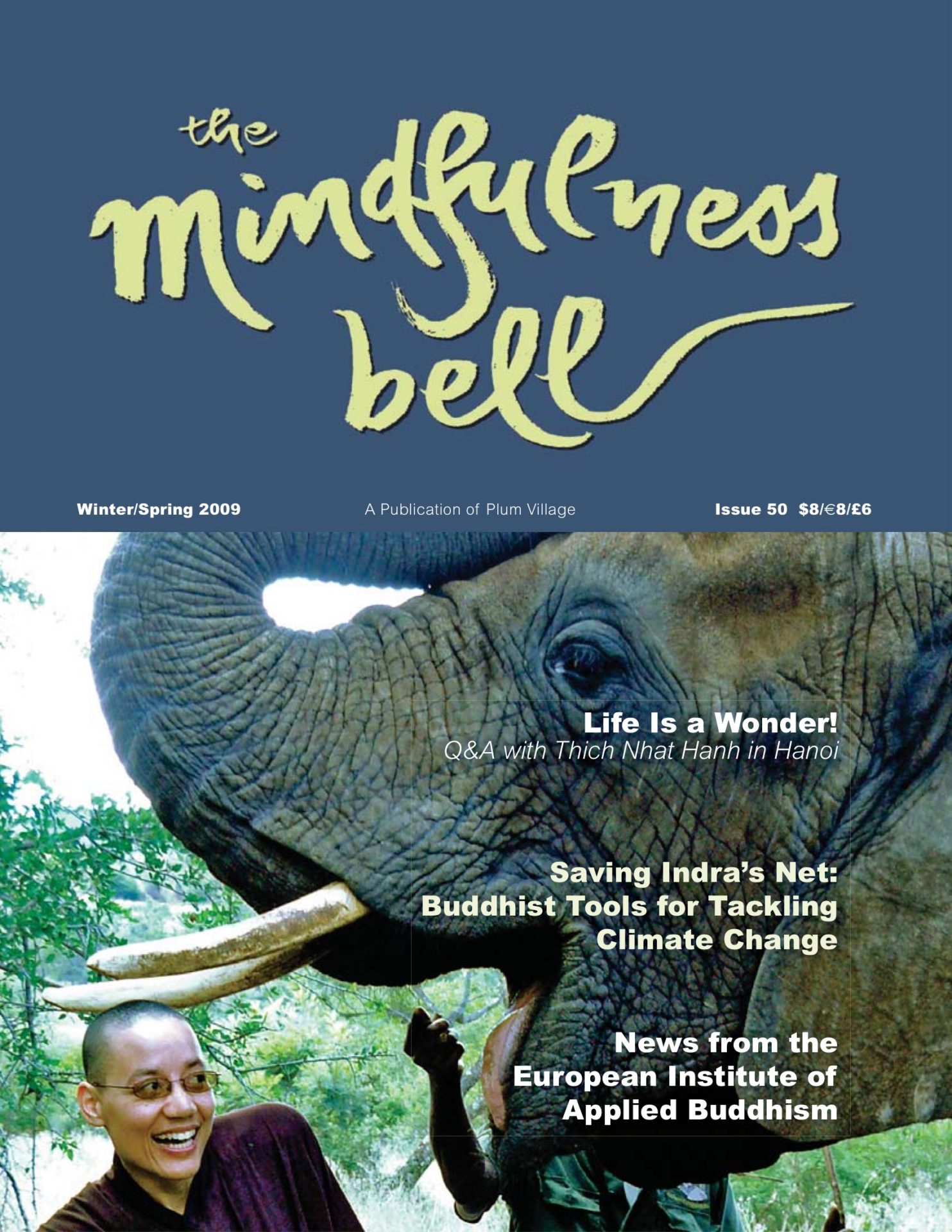
By Thich Nhat Hanh
Parallax Press, 2008 Soft cover, 142 pages
Reviewed by Karen Hilsberg
For many years, Thich Nhat Hanh has offered teachings about how we can make a future possible for ourselves and our descendants. Now people around the world have become acutely aware of the shaky ground on which we stand.

By Thich Nhat Hanh
Parallax Press, 2008 Soft cover, 142 pages
Reviewed by Karen Hilsberg
For many years, Thich Nhat Hanh has offered teachings about how we can make a future possible for ourselves and our descendants. Now people around the world have become acutely aware of the shaky ground on which we stand. Global warming, carbon emissions, soil depletion, extinction of species, deforestation, and dwindling of natural resources threaten our earth. The recent presidential election in America underscores that this is also a time of great hope and potential change. In this new book, Thich Nhat Hanh calls for a collective awakening. He offers clear instructions to help us give birth to that awakening and bring healing to ourselves, our human family, all species and Mother Earth.
Thay invokes the bodhisattva Dharanimdhara, or Earth Holder, who preserves and protects the earth — the energy that holds us together as an organism. She is a kind of engineer or architect who creates space for us to live in, builds bridges and constructs roads that lead to people we love. Her task is to promote interspecies communication and to protect the environment. We can empower engaged Buddhist practices in the twenty-first century, Thich Nhat Hanh tells us, with the tools that include the Five Mindfulness Trainings, the Four Noble Truths, the Four Nutriments, and the Five Remembrances.
Expanding on talks he has offered at retreats, our teacher tells us we can actually reverse the collision course on which we find ourselves. He writes, “When we begin this practice, we want things to be permanent and we think things have a separate self. Whenever things change, we suffer. To help us not to suffer, the Buddha gave us the truths of impermanence and non-self as keys. When we look at the impermanent and nonself nature of all things, we’re using those keys to open the door to reality, or nirvana. Then our fear and our suffering disappear … that is why it is very important to deal with our fear and despair before we can deal with the issue of global warming or other environmental concerns. The Buddha is very clear about this: we have to heal ourselves first before we can heal the planet.”
The World We Have concludes with a section called “Practices for Mindful Living.” Here, we are offered Earth Gathas, Touching the Earth and Deep Relaxation exercises, and an Earth Peace Treaty Commitment Sheet — this can be submitted to Deer Park Monastery along with the treaties of thousands of others who have made their commitment to heal the planet. We are given the hope to simplify our lives, conserve natural resources, eat lower on the food chain. This deep and meaningful text is published in a small pocket-sized edition, and is printed by Parallax on 100% post-consumer fiber.

What Book!? Buddha Poems from Beat to Hiphop
Edited by Gary Gach
Parallax Press, 2008 Softcover, 248 pages
Reviewed by Judith Toy
Reading Zen poetry is like turning yourself upside-down and letting all the change fall out of your pockets. Gary Gach, editor of The Idiot’s Guide to Understanding Buddhism, edited this anthology of Zen poems first issued in 1998, and now reissued by Parallax Press, What Book!? Buddha Poems from Beat to Hiphop.
Indeed, what poems? As I read these pages I smile, finding that the space around the words is the poem, or as integral as the words themselves. I feel a little like Mahakashyapa when he saw the Buddha holding a flower. From Lew Welch: “I saw myself/a ring of bone/in the clear stream/of all of it.” And from Arthur Sze: “We step outside, and the silence is as/water is, taking the shape of the container.” And from the celebrated Korean poet, Ko Un (pronounced Go Une), an answer to the classic koan, what was your face before you were born? “Before you were born/before your dad/before your mom//your burbling/was there.” A burbling of the preverbal word.
“A poet once located poetry as somewhere before or after words take place,” the editor writes. Thus one of the 84,000 Dharma doors is generously flung open to mindfulness, to liberation: verse — the root of which means turning.
With an introduction by Peter Coyote, who writes this collection helped him understand the scale of Buddhist influence on the “popular mind,” here is a Who’s Who of 143 poets of Buddhist renown and unknowns, alive and dead, beat and monastic and both. Offering verses that are keenly alive and well grouped under one cover, we hear the voices of Czeslaw Milosz, Maxine Hong Kingston, Philip Whalen, Bob Dylan, Allen Ginsberg, Chogyam Trungpa and Thich Nhat Hanh, almost as one voice. M.C. Richards and Eve Merriam are among non-Buddhist westerners selected by Gach whose poems greet us with zen haiku and the reality of impermanence, respectively.
Allen Ginsberg says what this book means: “The whole body of the One Thus Come/falls in the raindrops and drips from the eaves.” Thich Nhat Hanh’s well-loved prose poem, “Interbeing,” excerpted from The Heart of the Buddha’s Teachings, says what this book means: “If you are a poet, you will see a cloud in this piece of paper.” These are poems that allow us to transcend them. “As thin as this sheet of paper is, it contains everything in the universe....”
Of special note is the “Visible Language” section, a short but sweet exhibit of calligraphy, altar (shape) poems and brush drawings, including work by Thich Nhat Hanh, Peter Bailey, Shunryu Suzuki, and my old favorite Paul Reps, among others. One of Reps’ drawings shows a Buddha in brush strokes with a straight, ruled line down the center of his head and body. “Open Here,” is the inscription below. I heartily recommend to students of the Buddha to Open this book Here.
And of note...
By Judith Toy
Worlds in Harmony: Compassionate Action for a Better World, by His Holiness the Dalai Lama, Parallax Press, 2008, softbound, 108 pages, abridged from three days of dialogue between His Holiness and seven renowned helping professionals at the Harmonia Mundi conference in Newport Beach California, October, 1989. In his foreword, Daniel Goleman, Ph.D., author of Emotional Intelligence, reminds us that those of us alive now are the first generation in human history to glimpse the possibility of the end of our world. From the premise that this insight is of no use unless it results in action, His Holiness speaks with us person to person to teach us precisely how to save ourselves and the planet through compassion and loving kindness. He teaches us to be, think, and act as citizens of the world in ways that are based on equanimity and understanding. This book is also a guide to the practice of healing and compassionate action in daily life.
Hope Is An Open Heart, by Lauren Thompson, Scholastic Press, 2008, hardcover, 32 pages, illustrated by various photographers; a children’s picture book. Lauren Thompson practices with Rock Blossom Sangha in Brooklyn, New York, part of the New York Metro Community of Mindful Living. She is a best-selling, award-winning children’s author. This book is dedicated to her Rock Blossom sister Alison who died at age 42 of brain cancer. The author wrote to me, “Though she was not ready to die, and had little reason to hope for a future at all, she found the most peace by focusing on the joy of the present moment.” This gorgeously illustrated book of few words invites its readers into the beauty and wonder of the present moment.
The Complete Idiot’s Guide to Understanding Buddhism, Second Edition, by Gary Gach, Alpha, 2004, softbound, 390 pages. In a light-hearted voice, this chock-full compendium presents the life and teachings of the Buddha and explains how they spread and adapted to different cultures. It includes an introduction to meditation and explanations of the Three Jewels, the Four Noble Truths, and the Eightfold Path. Gach, a student of Thich Nhat Hanh, also includes insights into Buddhism’s cross-religious influences and a chronology of Buddhist history. Most important is the Buddhist perspective on why we suffer and what we can do to be free. As Thich Nhat Hanh says about this book, “It will bring a smile to us all.”
The Plum Village Cook Book, by monks and nuns of Plum Village, Thich Nhat Hanh’s monastery in Southern France, published by Plum Village, 2008, softbound, 66 pages; illustrated with full-color photographs. In this little kitchen treasure, readers are invited to visit Plum Village to see firsthand how the brothers and sisters “cook vegetarian food mindfully, joyfully and calmly, which might be an inspiration for you.” Most of the ingredients used in these all-veggie recipes can be found at your local [American] grocer; some items such as black and white fungus, veggie ham, and veggie fish can be found at an Asian market or online. Recipes use the European metric system, so some cooks may need a U.S.-to-metric conversion table. But it’s well worth it to experiment with these tasty dishes that many of us have enjoyed at Thich Nhat Hanh’s monasteries.


